Cells, Free Full-Text
Por um escritor misterioso
Last updated 15 abril 2025
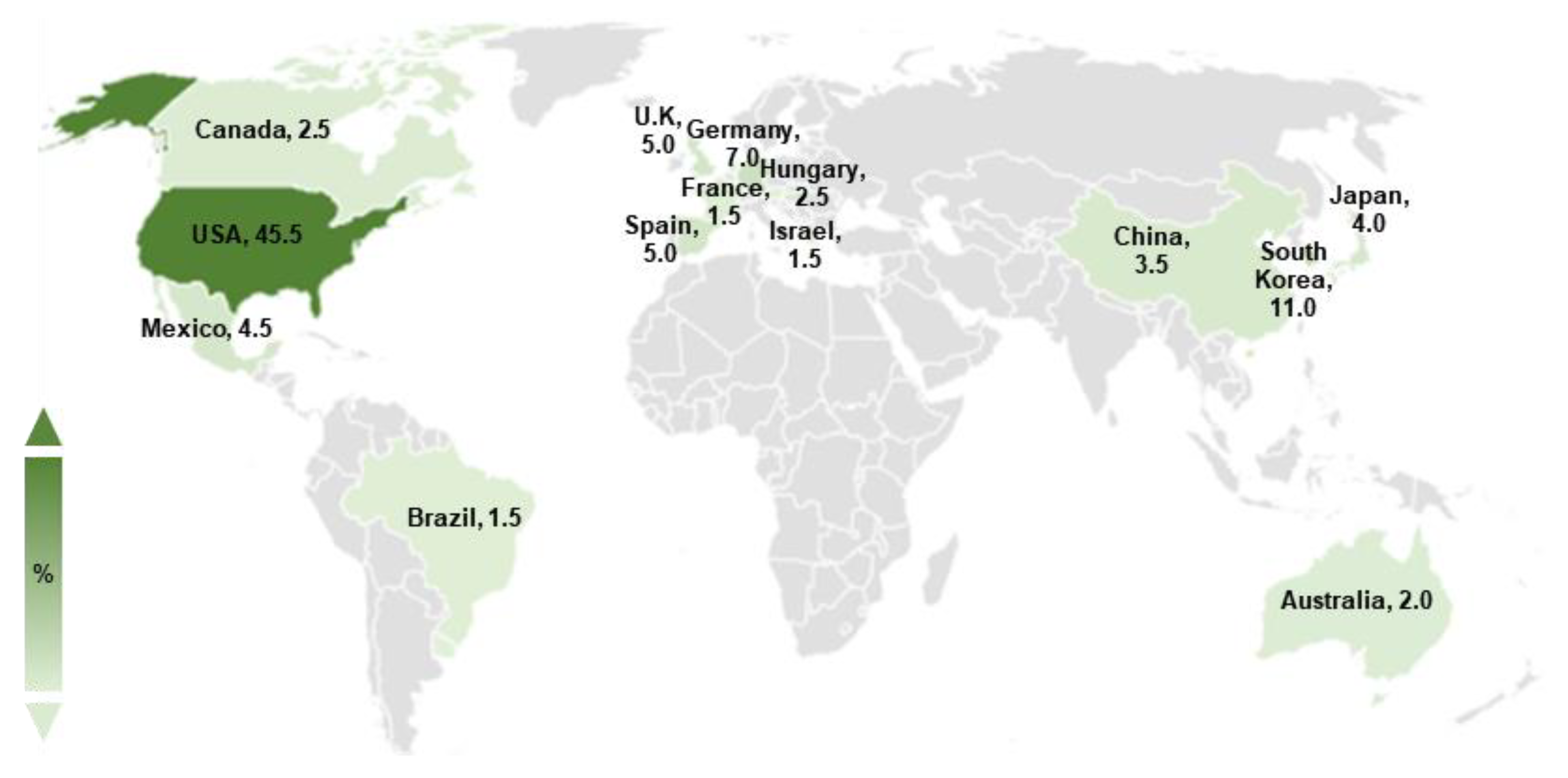
The genus Aspergillus, one of the most abundant airborne fungi, is classified into hundreds of species that affect humans, animals, and plants. Among these, Aspergillus nidulans, as a key model organism, has been extensively studied to understand the mechanisms governing growth and development, physiology, and gene regulation in fungi. A. nidulans primarily reproduces by forming millions of asexual spores known as conidia. The asexual life cycle of A. nidulans can be simply divided into growth and asexual development (conidiation). After a certain period of vegetative growth, some vegetative cells (hyphae) develop into specialized asexual structures called conidiophores. Each A. nidulans conidiophore is composed of a foot cell, stalk, vesicle, metulae, phialides, and 12,000 conidia. This vegetative-to-developmental transition requires the activity of various regulators including FLB proteins, BrlA, and AbaA. Asymmetric repetitive mitotic cell division of phialides results in the formation of immature conidia. Subsequent conidial maturation requires multiple regulators such as WetA, VosA, and VelB. Matured conidia maintain cellular integrity and long-term viability against various stresses and desiccation. Under appropriate conditions, the resting conidia germinate and form new colonies, and this process is governed by a myriad of regulators, such as CreA and SocA. To date, a plethora of regulators for each asexual developmental stage have been identified and investigated. This review summarizes our current understanding of the regulators of conidial formation, maturation, dormancy, and germination in A. nidulans.
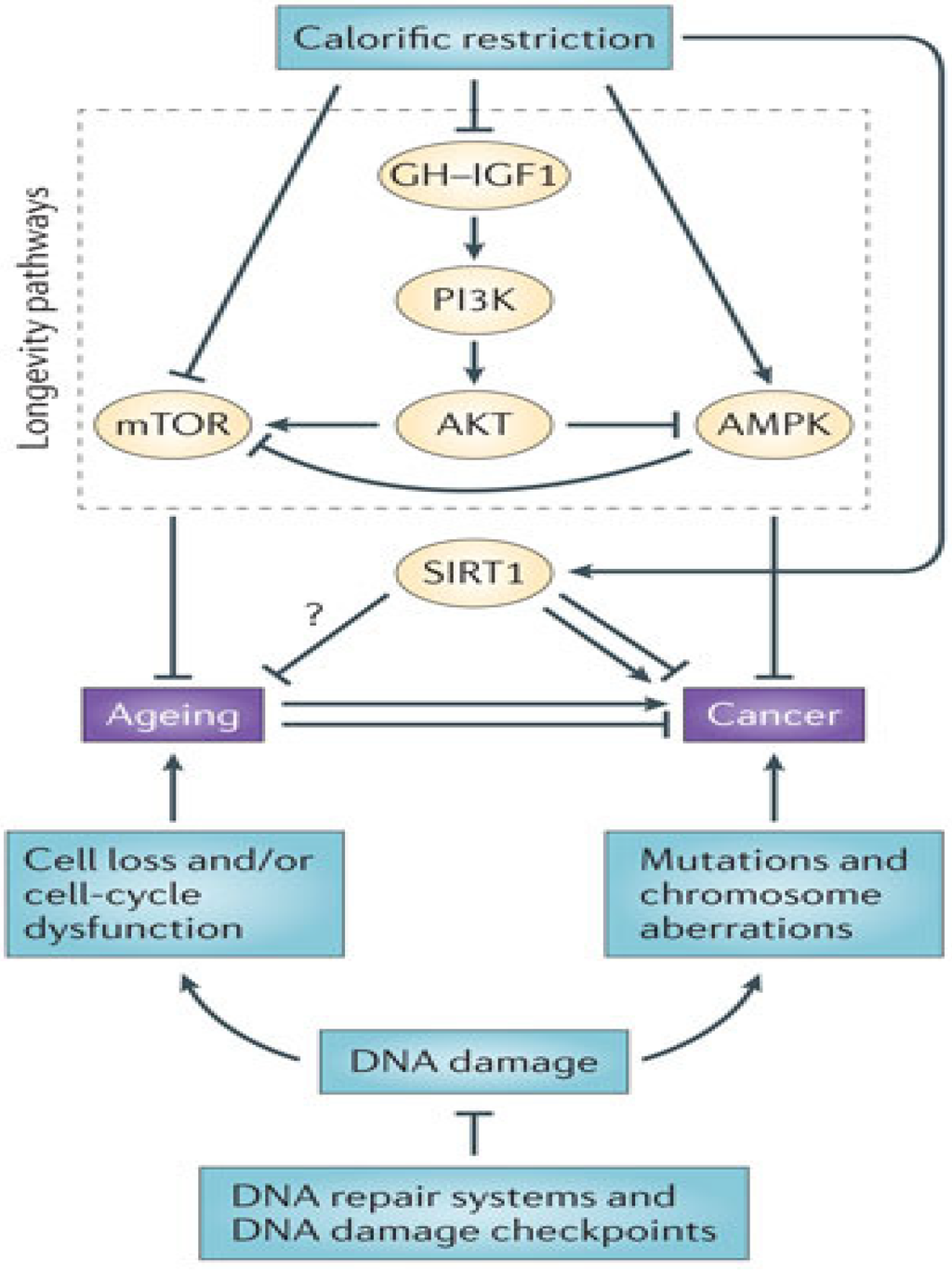
JCM, Free Full-Text
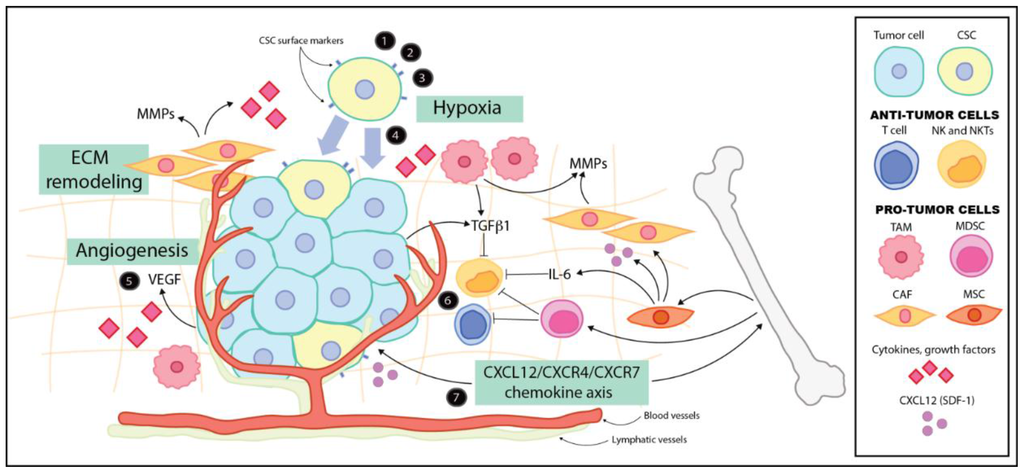
Cancers, Free Full-Text

The cell-free system: A new apparatus for affordable, sensitive, and portable healthcare - ScienceDirect
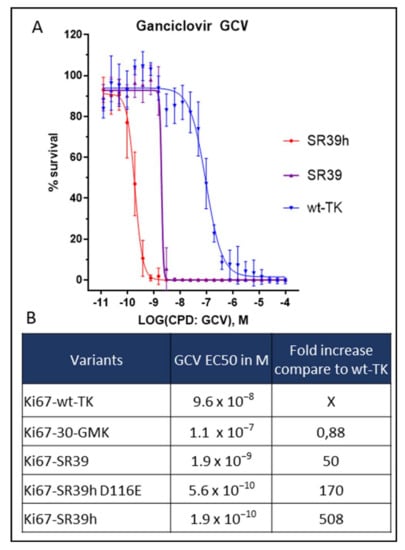
Serial Number Alcohol 120 1.9 6 - Colaboratory

Advancing synthetic biology through cell-free protein synthesis - ScienceDirect

Circulating Tumor Cells, Disease Progression, and Survival in Metastatic Breast Cancer

Sequencing of Circulating Cell-free DNA during Pregnancy
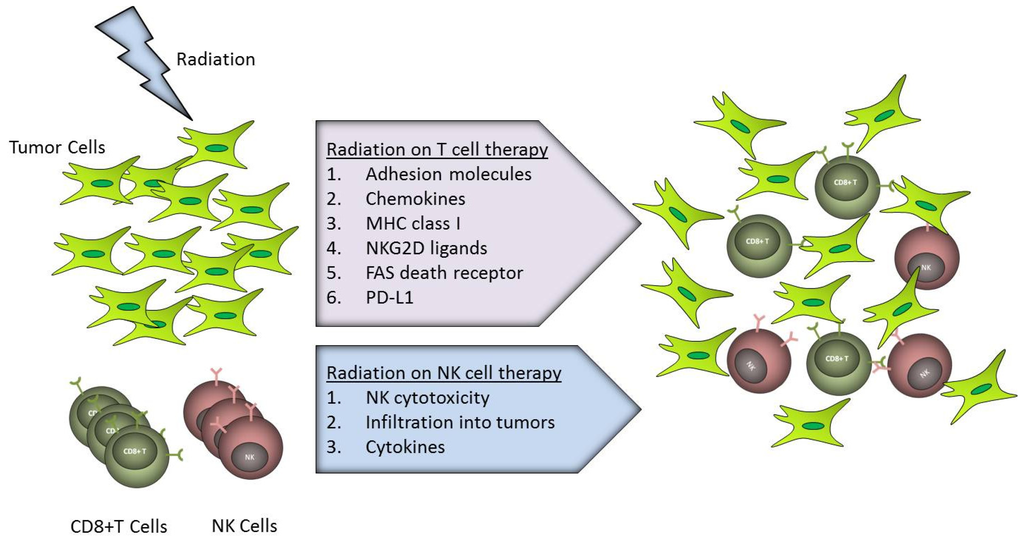
IJMS, Free Full-Text
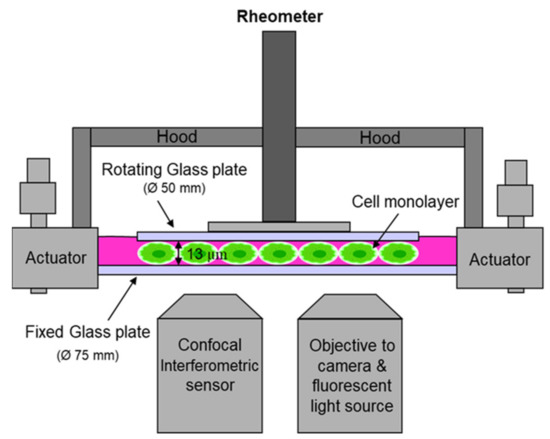
Ds Kumar Strömungsmechanik Pdf Kostenloser Download - Colaboratory
Cell-free synthesis of human interferon. - Abstract - Europe PMC

Remote immune processes revealed by immune-derived circulating cell-free DNA
The dependence of cell-free protein synthesis in E. coli upon naturally occurring or synthetic polyribonucleotides. - Abstract - Europe PMC

Anode‐Free Full Cells: A Pathway to High‐Energy Density Lithium‐Metal Batteries - Nanda - 2021 - Advanced Energy Materials - Wiley Online Library

Amyloid β directly interacts with NLRP3 to initiate inflammasome activation: identification of an intrinsic NLRP3 ligand in a cell-free system, Inflammation and Regeneration
Recomendado para você
-
 muro ☝️👁️ on X: luffy careca / X15 abril 2025
muro ☝️👁️ on X: luffy careca / X15 abril 2025 -
 Contemplem a beleza do Luffy careca15 abril 2025
Contemplem a beleza do Luffy careca15 abril 2025 -
luffy Nova Skin15 abril 2025
-
Angry Pirate King Anime Face15 abril 2025
-
 Bald luffy Luffy, Personagens de anime, Meme one piece15 abril 2025
Bald luffy Luffy, Personagens de anime, Meme one piece15 abril 2025 -
 Luffy calvo em 202315 abril 2025
Luffy calvo em 202315 abril 2025 -
 Weightlifter PNGs for Free Download15 abril 2025
Weightlifter PNGs for Free Download15 abril 2025 -
 Mobile Icon Set PNGs for Free Download15 abril 2025
Mobile Icon Set PNGs for Free Download15 abril 2025 -
 TaylorIP's TFT Overview Stats - Teamfight Tactics Tracker15 abril 2025
TaylorIP's TFT Overview Stats - Teamfight Tactics Tracker15 abril 2025 -
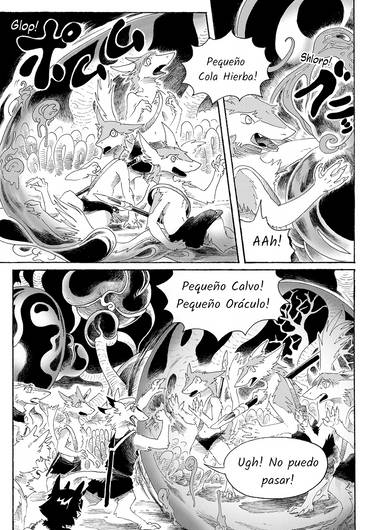 Explore the Best Pag82 Art15 abril 2025
Explore the Best Pag82 Art15 abril 2025
você pode gostar
-
 V-BT05/003EN VR Blazing Lion, Platina Ezel15 abril 2025
V-BT05/003EN VR Blazing Lion, Platina Ezel15 abril 2025 -
 Como colocar Logo na Tripulação do Blox Fruits15 abril 2025
Como colocar Logo na Tripulação do Blox Fruits15 abril 2025 -
Little Shopping for Nintendo Switch - Nintendo Official Site15 abril 2025
-
 Basic Local Multiplayer Game APK for Android Download15 abril 2025
Basic Local Multiplayer Game APK for Android Download15 abril 2025 -
seu nome no roblox|Pesquisa do TikTok15 abril 2025
-
Diário dos Melhores do Mundo - Alex Arnold chamou a atenção da15 abril 2025
-
 Elden Ring: How To Get Helphen's Steeple (Ghostflame Greatsword)15 abril 2025
Elden Ring: How To Get Helphen's Steeple (Ghostflame Greatsword)15 abril 2025 -
 MURDER MYSTERY 2 (MM2) - Cotton Candy £2.50 - PicClick UK15 abril 2025
MURDER MYSTERY 2 (MM2) - Cotton Candy £2.50 - PicClick UK15 abril 2025 -
 Lego Batman' Spinoff Movie in the Works at Warner Bros. (Exclusive15 abril 2025
Lego Batman' Spinoff Movie in the Works at Warner Bros. (Exclusive15 abril 2025 -
/i.s3.glbimg.com/v1/AUTH_08fbf48bc0524877943fe86e43087e7a/internal_photos/bs/2018/s/S/KPjmqXS56WPn3T6aqIDQ/google-paciencia.jpg) 13 funções escondidas na busca do Google15 abril 2025
13 funções escondidas na busca do Google15 abril 2025


